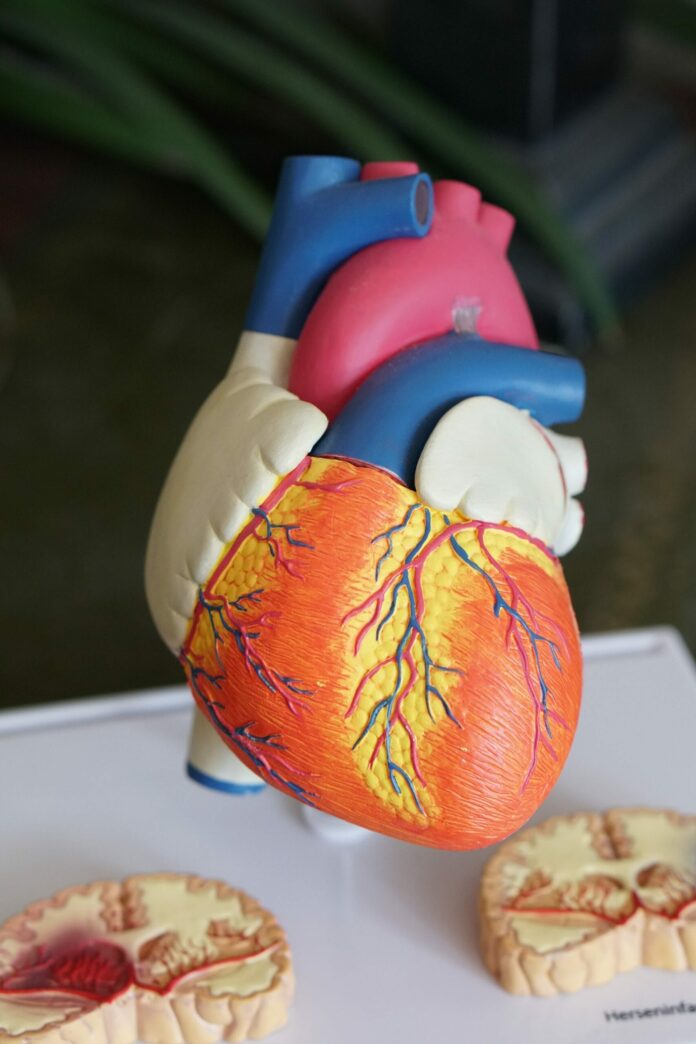Overview Of Fallot’s Tetralogy
Tetralogy of Fallot is a type of congenital heart defect. Congenital means that it is present at birth.
Causes Of Fallot’s Tetralogy
Tetralogy of Fallot causes low oxygen levels in the blood. This leads to cyanosis (a bluish-purple color to the skin).
The classic form includes four defects of the heart and its major blood vessels:
- Ventricular septal defect (hole between the right and left ventricles)
- Narrowing of the pulmonary outflow tract (the valve and artery that connect the heart with the lungs)
- Overriding aorta (the artery that carries oxygen-rich blood to the body) that is shifted over the right ventricle and ventricular septal defect, instead of coming out only from the left ventricle
- Thickened wall of the right ventricle (right ventricular hypertrophy)
- Tetralogy of Fallot is rare, but it is the most common form of cyanotic congenital heart disease. It occurs equally as often in males and females. People with tetralogy of Fallot are more likely to also have other congenital defects.
The cause of most congenital heart defects is unknown. Many factors seem to be involved.
Factors that increase the risk for this condition during pregnancy include:
- Alcoholism in the mother
- Diabetes
- Mother who is over 40 years old
- Poor nutrition during pregnancy
- Rubella or other viral illnesses during pregnancy
- Children with tetralogy of Fallot are more likely to have chromosome disorders, such as Down syndrome, Alagille syndrome, and DiGeorge syndrome (a condition that causes heart defects, low calcium levels, and poor immune function).
Symptoms Of Fallot’s Tetralogy
Symptoms include:
- Blue color to the skin (cyanosis), which gets worse when the baby is upset
- Clubbing of fingers (skin or bone enlargement around the fingernails)
- Difficulty feeding (poor feeding habits)
- Failure to gain weight
- Passing out
- Poor development
- Squatting during episodes of cyanosis
Exams & Tests
A physical exam with a stethoscope almost always reveals a heart murmur.
Tests may include:
- Chest x-ray
- Complete blood count (CBC)
- Echocardiogram
- Electrocardiogram (ECG)
- MRI of the heart (generally after surgery)
- CT of the heart
Treatment
Surgery to repair tetralogy of Fallot is done when the infant is very young, typically before 6 months of age. Sometimes, more than one surgery is needed. When more than one surgery is used, the first surgery is done to help increase blood flow to the lungs.
Surgery to correct the problem may be done at a later time. Often only one corrective surgery is performed in the first few months of life. Corrective surgery is done to widen part of the narrowed pulmonary tract and close the ventricular septal defect with a patch.



